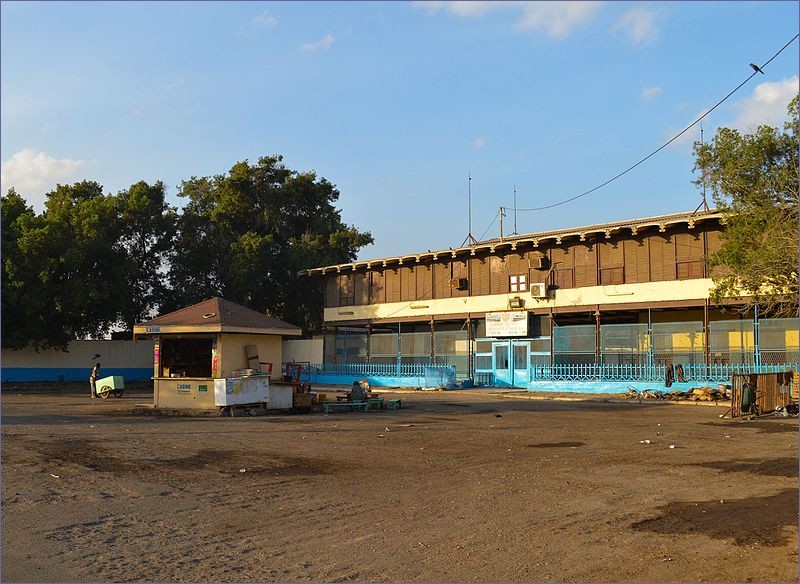The only railway in Djibouti is the electrified standard gauge international Addis Ababa–Djibouti Railway opened in 2018. Within Djibouti lies 100 km of the line. The line is intended mainly for freight transport – it’s an important connection linking land locked Ethiopia with Djibouti Port in the Red Sea’s international shipping routes. There are no plans to build new railway lines in Djibouti.
The new railway line replaced the international metre gauge railway from Djibouti City to the Ethiopian capital Addis Ababa, which was officially decommissioned in 2016, although passenger traffic was ceased in 2009 due to dilapidated state of the tracks and rolling stock. International train from Djibouti to Addis Ababa was world-famous as one of the slowest international trains in the world.
Last updated: 11.03.2024
Railways in Djibouti – passenger train
Addis Ababa – Djibouti railway is the first modern international electrified railway in Africa. Total length of the line is 756 km . The line built by two Chinese companies was designed at design speed of 120km/h. A new railway station was built on the outskirts of Addis Ababa to service the line, and new Chinese-made rolling stock was purchased.
The trains cover a distance of 750 kilometers in about 10 hours, stopping at Mieso, Dire Dawa and Dewele border station along the way.
Currently, there are only one passenger train on the route from Dire Dawa in Ethiopia to Nagad station in Djibouti. Nagad railway station is located 8 kilometers from Djibouti City center. Passenger trains do not run every day.
Ethio Djibouti Railways – official website. Timetable, prices, online shop.
Railways in Djibouti – history
At the end of the 19th century, Emperor Menelik II of Ethiopia granted the French a concession to build a railway connecting Addis Ababa with the port of Djibouti. The line was a priority due to the need to quickly transport goods through desert areas. Before the construction of the railway line goods were transported on mules, and the entire expedition lasted several weeks. The construction of the railway was supposed to significantly shorten this time.
Construction began in 1897 and it took 20 years to build the 785-kilometer line. Political conflicts between superpowers and World War I had a major impact on delays in work. In 1917, construction was completed and the first trains started running on the newly built line.
In 1929, a new railway station in Addis Ababa was opened, designed by the French architect Paul Barrias. The station is still one of the most famous monuments in this part of Africa.
The line survived World War II without major damage and survived also growing competition from trucks driving much faster on a parallel road connecting Ethiopia with Djibouti.
In 1977-1978 – the line was closed due to the Ethiopian-Somali conflict. [The decline of the line started at the turn of the century. The tracks were in a poor condition, the rolling stock was very old and the legendary line has been closed because of frequent derailments of trains.
At the end of the first decade of the 21st century, it was announced that the Chinese would build a new line connecting the capital of Ethiopia with Djibouti parallel to old railway line.
Photos of old railway line
Interior of the old train from Addis Ababa to Djibouti
Related articles:
